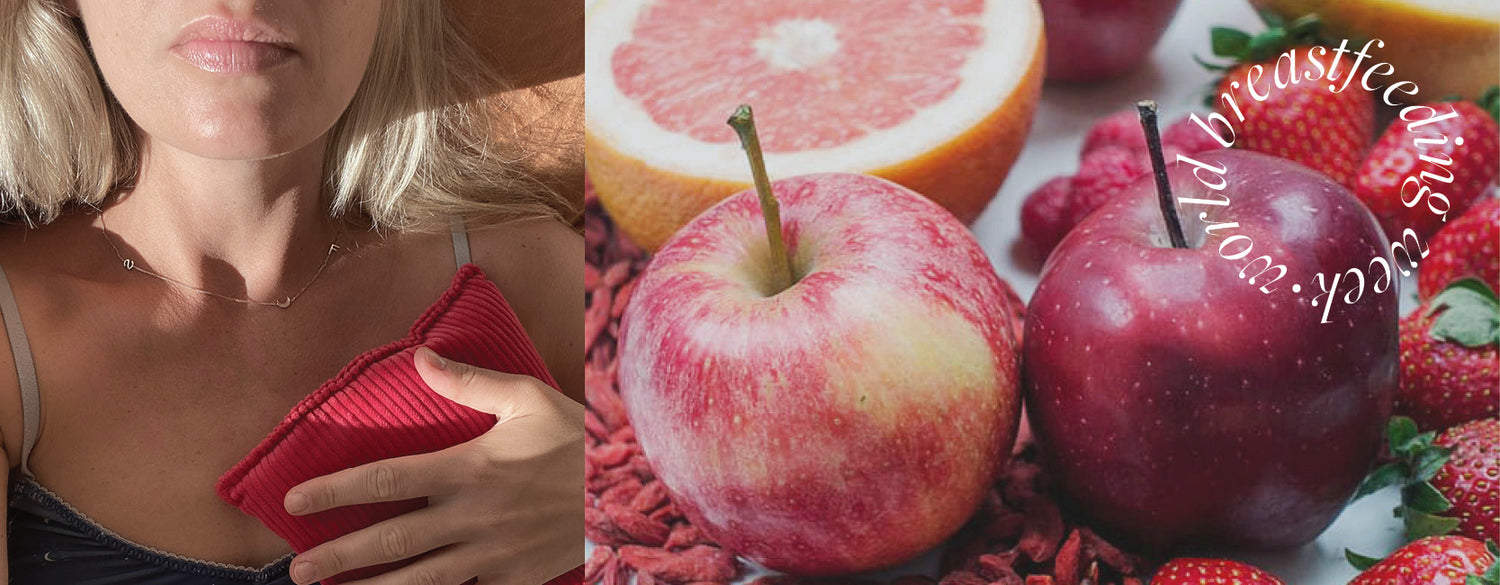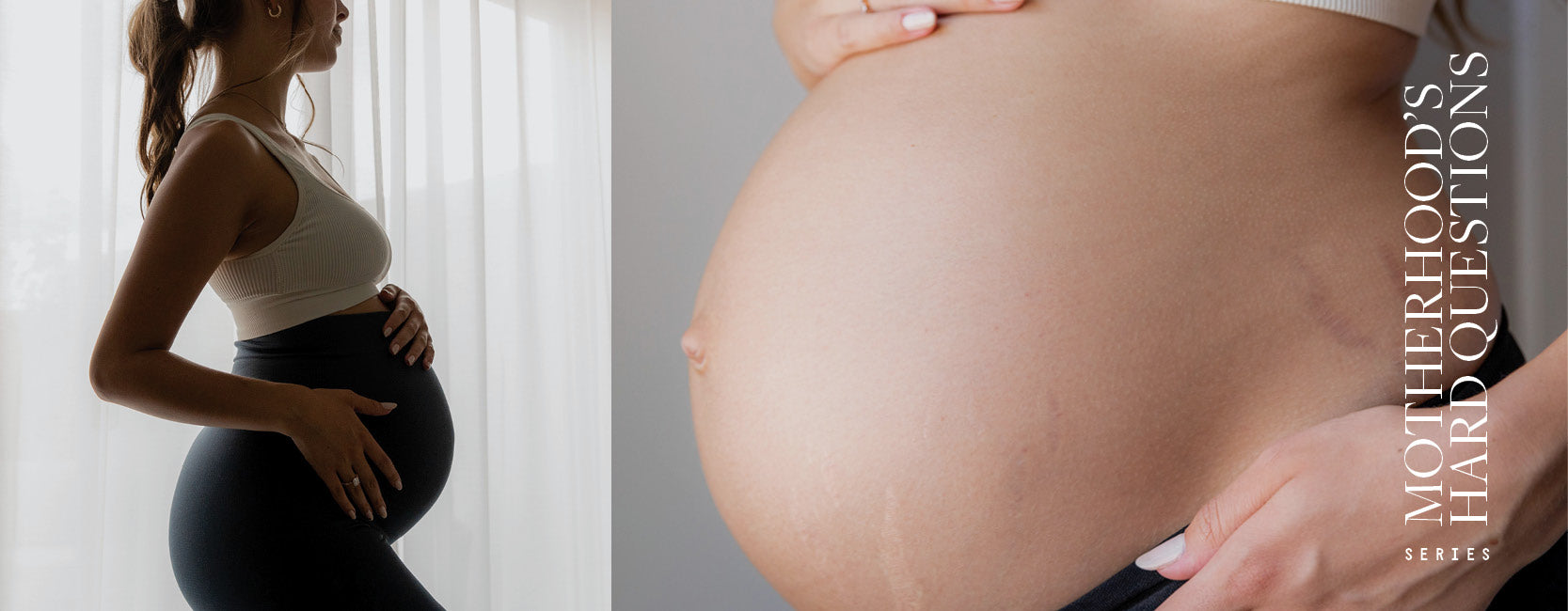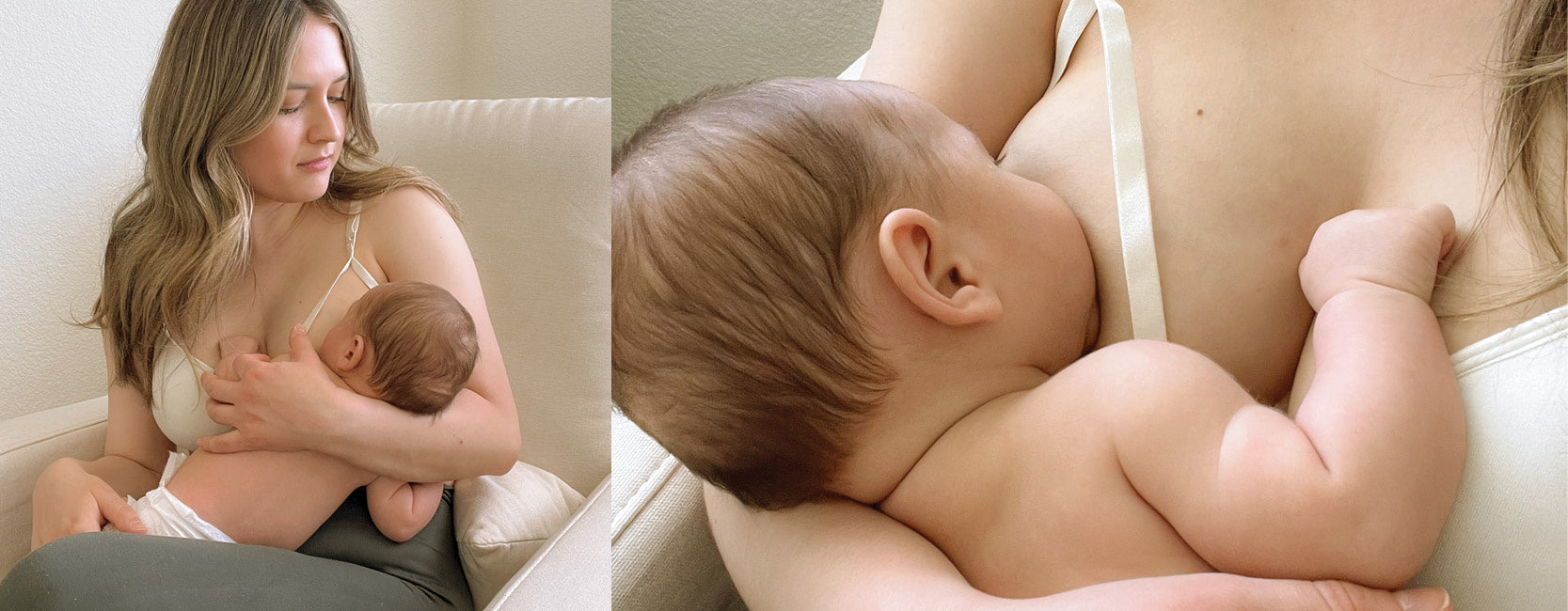Mastitis, a word which sends chills down spines. It conjures images of frozen cabbage leaves and crippling red, swollen breasts. It is a serious condition if not treated appropriately and can lead to potentially catastrophic outcomes. It’s one of the greatest causes of undesired early weaning.
What is mastitis?
Mastitis is inflammation of breast tissue which can lead to infection. Statistics suggest it affects around 33% of breastfeeding people. Symptoms can include:
- Red, sore, swollen breasts;
- A lump/blocked milk duct;
- Flu-like symptoms, which can include fever, chills, aches, and pain.
The World Health Organization (WHO) recommend breastfeeding until the age of 2 years and beyond if desired. Now, this is not an option for everyone. But if it is a goal, early weaning can be incredibly detrimental. So, how can recovery be supported?
See your GP straight away
If symptoms arise, see your healthcare provider as a priority. They may prescribe a course of antibiotics for treatment. A lactation consultant can also be priceless at this time.

MASTITIS SELF-CARE AND NUTRITION - POST ANTIBIOTICS AND INFECTION
Eat prebiotic foods
Prebiotics are a form of dietary fibre which feed your gut microbes. A wide and varied diet rich in fruits, veggies, legumes, nuts and seeds will nourish those microbes. It’s important to take care of your microbes, especially after taking antibiotics, as they can disrupt your microbiome.
Eat probiotic foods
Probiotics, not to be confused with prebiotics, are living bacteria (microbes). Research on probiotics is exploding with emerging evidence finding associations between specific strains and mastitis prevention. But, while this is exciting, it does not mean we all require a probiotic supplement during pregnancy. If you are going to take one, please consult your healthcare provider and or prenatal dietitian first. Eating a diet rich in prebiotic and probiotic foods is a much better first step for most people. Foods such as yoghurt and kefir contain probiotics. Combine them with prebiotic foods like oats and green bananas and you have yourself a delicious symbiotic breakfast.
Mastitis: recovery menu

Eat a rainbow full of antioxidants
An antioxidant can be a vitamin, mineral, or phytochemical which protects you from free radicals. This makes them *cue buzzword* ‘anti-inflammatory’ because they’re protecting you from a chemical process called oxidative stress. Now, this gets sciencey fast, but whilst recovering from mastitis rest assured you want a body full of antioxidants. They can be found in colourful fruits and veggies, which are also coincidently rich in our next group – water.
Drink enough fluids
Water is hydration 101. Fluids are always important, but particularly to:
- Support milk production;
- Restore fluids lost via sweat from fever and infection, or antibiotic induced diarrhoea;
- Promote bowel regularity if you are taking pain medication - which can slow down the movement of your intestines.
If you’re unsure whether you’re drinking enough water, look at your urine and aim for a pale color.

Eat healthy fats
Also protective against inflammation, we have monounsaturated fatty acids -MUFAs- and polyunsaturated fatty acids -PUFAs- .This includes omega-3 fatty acids found in:
- Cold-water fatty fish like salmon, mackerel, tuna, herring and sardines
- Plant-based foods like walnuts, flaxseeds and chia seeds
A small note to mention that marine based omega-3 sources are more efficiently used by the body than plant-based sources. This is important to consider if your diet omits fish and seafoods.

Load up on fiber and whole grains
We have mentioned fiber above. Not only does this food nourish your gut bugs, but when combined with adequate fluids, it will help keep your bowels regular too. A common side-effect of pain medication used to manage mastitis can be constipation. Adequate fiber intake is a first fine line therapy here. So, enjoy plenty of whole grains, fruits, veggies, legumes, nuts and seeds.
Don't forget to eat
A basal metabolic rate (BMR) is the number of calories a body needs to function. It increases during infection, particularly with increased core body temperature (a fever), and when producing breastmilk. So, adequate nutritious calories are incredibly crucial to recovery.
Research comparing the macronutrient composition of mastitic milk to milk from healthy individuals found it contained reduced fats, carbohydrates and energy. So, prioritising nourishing meals packed with healthy fats like avocados, nuts and seeds, whole grains, quality protein, and oily fish, is instrumental to recovery and healthy milk.
Please note these tips are general in nature only and are not indented to replace your healthcare provider’s advice. If you have had, or currently have mastitis, be kind to yourself, it is a huge physical hurdle to overcome.
Julia Dixon is an Accredited Practising Dietitian and Nutritionist specialising in fertility and prenatal nutrition. She owns a virtual private practice and sees clients for reproductive conditions, preconception, pregnancy and postnatal nutrition health. Find her on insta @jd.dietitian or or at www.jddietitian.com





